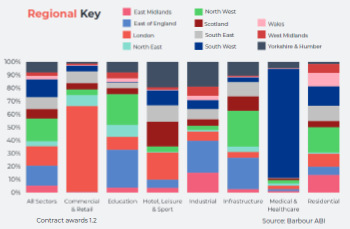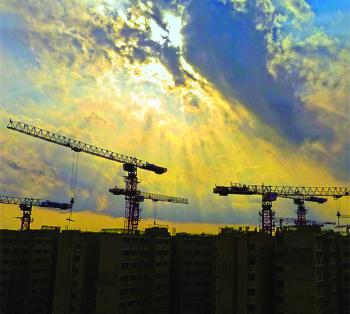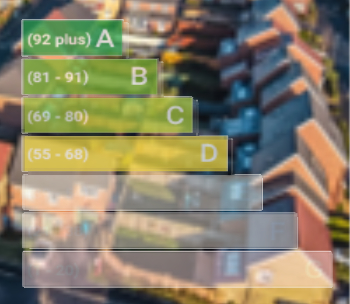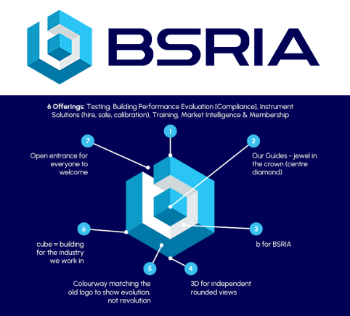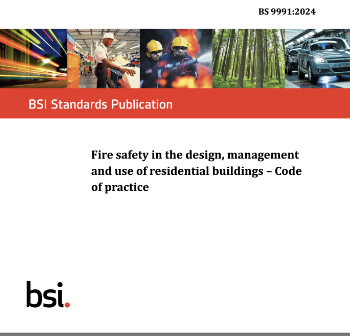Design phase
Contents |
[edit] Introduction
In very general terms, design is the realisation of an idea, or the resolution of requirements, through means of communication such as drawings, plans, specifications and models. These can then be used to enable items to be created or issues resolved.
The process for completing the design and construction of a building is often divided into notional ‘stages’ or phases. This can be helpful in establishing milestones for the submission of progress reports, the preparation of information for approval, client gateways, and for making payments. However, there is a great deal of ambiguity between the naming of stages and the definition of what individual stages include. For more information see: Design stages.
In a traditional building contract for a stright-forward building, the design phase might comprise two very broad stages:
[edit] Concept design
Concept design generally takes place after feasibility studies and options appraisals have been carried out and a project brief has been prepared. Whilst these phases may include the preparation of drawings and other studies, they are generally not considered to involve 'desgin'.
The concept design represents the design team's initial response to the project brief, adn articulates the broad outlines of function and form.
Some designers differentiate between 'concept design' and 'scheme design'. In this case, the 'concept' is the initial design idea, whereas the 'scheme' develops the concept, taking on board more functional and practical considerations. Most project plans have now combined these two steps into the single stage 'concept design', or 'concept'.
During the concept design stage, the design team will develop:
- The design concept.
- Outline specifications.
- Schedules of accommodation.
- A planning strategy.
- The cost plan.
- Procurement options.
- Programme and phasing strategy.
- Buildability and construction logistics.
At the end of the stage, the consultant team will typically prepare a concept design report which records the basic design concepts for the preferred option that might be worth further developing in the detailed design stage.
The project brief will generally continue to develop as the concept design is prepared, but is then frozen at the end of the concept design stage. An application for planning permission might be made during the concept design stage. This is likely to be an outline planning application if made at the beginning of the stage or a detailed planning application if made once the concept design is complete.
For a more detailed account see: Concept design.
[edit] Detailed design
Concept design is followed by 'detailed design' or 'developed design' during which all the main components of the building and how they fit together are described.
By the end of the detailed design process, the design should be dimensionally correct and co-ordinated. However, technical aspects of the design may require further development, design by specialists may not yet have been fully incorporated into the design and it will not have been packaged for tender.
Detailed design should provide sufficient information for applications for statutory approvals (such as building regulations approval) to be made.
Items that are typically developed in detailed design include:
- Overall layout.
- Road layouts and landscape.
- Operational flows and departmental operational policies.
- Horizontal and vertical circulation routes, including accessibility requirements.
- Schedules of accommodation, including occupancy numbers for each space.
- Identification of standard and non-standard room layouts.
- Room data sheets, if appropriate.
- Building dimensions and gridlines.
- Architectural plans sections and elevations of buildings, parts of buildings and drawings.
- Outline specification including schedules of components, defining the performance and/or material standards required (including colours).
- Elements of design that require specialist input or early choice of manufacturer. Designers should investigate suppliers certificates, warranties and compliance with standards.
- Requirements for mock-ups, testing, samples or models necessary to satisfy performance or public relations requirements (including computer generated images).
- Key assemblies, component drawings and schedules.
- Structural plans sections, elevations and specifications.
- Building services plans, sections and elevations.
- Defining of phases if the project is to be phased.
- Safety strategy
- Fire strategy
- Acoustic strategy;
- Use of materials and potential for re-use, recycling and waste handling (see site waste management plan).
- Detailed cost plan showing the capital and lifecycle costs for all the components, and
- Risk assessment including operational issues
For more information see: Detailed design.
[edit] Technical design
Increasingly, the complexity of buildings involves a further stage, sometimes referred to as 'technical design'. This includes project activities that take place after the detailed design (or 'developed design' or 'definition') has been completed, but before the construction contract is tendered or construction begins.
By the end of the stage the architectural, structural and mechanical services design and specifications should describe all the main components of the building and how they fit together, any performance specified work should be defined and there should be sufficient information for applications for statutory approval to be completed. Room data sheets are also likely to have been prepared along with outline technical specifications.
For more information see: Technical design.
[edit] Related articles on Designing Buildings Wiki
- Brainstorm.
- BREEAM launches local planning authority guidance.
- Briefing documents.
- Computer-generated imagery (CGI).
- Concept design report.
- Concept architectural design.
- Concept architectural design checklist.
- Concept structural design.
- Concept services design.
- Design and its visual elements.
- Design proposals.
- Detailed design.
- Feasibility studies.
- Mood board.
- Options appraisal.
- Schedule of accommodation.
- What is design?
- Vision.
Featured articles and news
Great British Energy install solar on school and NHS sites
200 schools and 200 NHS sites to get solar systems, as first project of the newly formed government initiative.
600 million for 60,000 more skilled construction workers
Announced by Treasury ahead of the Spring Statement.
The restoration of the novelist’s birthplace in Eastwood.
Life Critical Fire Safety External Wall System LCFS EWS
Breaking down what is meant by this now often used term.
PAC report on the Remediation of Dangerous Cladding
Recommendations on workforce, transparency, support, insurance, funding, fraud and mismanagement.
New towns, expanded settlements and housing delivery
Modular inquiry asks if new towns and expanded settlements are an effective means of delivering housing.
Building Engineering Business Survey Q1 2025
Survey shows growth remains flat as skill shortages and volatile pricing persist.
Construction contract awards remain buoyant
Infrastructure up but residential struggles.
Home builders call for suspension of Building Safety Levy
HBF with over 100 home builders write to the Chancellor.
CIOB Apprentice of the Year 2024/2025
CIOB names James Monk a quantity surveyor from Cambridge as the winner.
Warm Homes Plan and existing energy bill support policies
Breaking down what existing policies are and what they do.
Treasury responds to sector submission on Warm Homes
Trade associations call on Government to make good on manifesto pledge for the upgrading of 5 million homes.
A tour through Robotic Installation Systems for Elevators, Innovation Labs, MetaCore and PORT tech.
A dynamic brand built for impact stitched into BSRIA’s building fabric.
BS 9991:2024 and the recently published CLC advisory note
Fire safety in the design, management and use of residential buildings. Code of practice.














